Fashion
Hair styles of the medieval period
Hair adornments in medieval times
Accessories used to Stylize Hair during Medieval Period
During medieval times it was difficult to imagine a person without headwear. Excluding the children, it was compulsory to wear head pieces whether they were men or women belonging to all ages. At that time headwears were not only decorative pieces but also played a part in defining people's etiquettes and elegancy, moreover it was a part of social standing of people in society.
We can say that the war for piece of land and supremacy had led to the emergency of headwears. Some coverings were used to protect the head from serious injuries which gradually enter into civilization. Since the beginning of medieval period, as medieval costumes headwears too were essential part of attire. Throughout the medieval history with the development in tailoring skill of people and technology, head covers too had gone through a great degree of changes.
During late medieval period, everyone in European country used to wear head pieces which in their modern avtar are equally famous among masses. It was allowed for Italian women to uncover their head while the women's of other countries cover their head with wimple, barbet and fillet.
16th century Italian woman
Fillet, a narrow head band was worn by unmarried women and by certain monks along with a wimple, it was a garment which underpass through chin to give support to linen cap or coif and a veil.
Another accessory crespines used to confine the hair from both side of head were generally made of wire or knitted mesh. During the same period, Italian women abolished the use of head wears with transparent head gauzes.
In today's times wimples are more common among nuns who are still attached to traditional way of wearing caps. In the meanwhile it was allowed for men to keep their head uncover.
With the beginning of fifteenth century, an era of expensive and extravagant clothes started which were huge and voluminous in size and gracious in look. To enhance the overall look of attire head coverings too became stylish, lased with jewelries and feathers. Crespines too come in its developed form, now they were used to gather hair in head's back. At that time Hennin was the most expensive hair-dress styled in styled in cone or steeple shape. This hair-dress had wired frame which was covered by fabric and had an attached veil. As for men, vest and doublets were more common. Their tall crowned hats with or without brims displayed their status in society.
Heartshaped Henin
Another Heart-shaped Henin
Truncated Henin
Conical Henin
When the renaissance era rises, head-wears also came in its best form. They were now more elaborate and had finely detailed designs. Emergence of different styles of renaissance costumes in different part of Europe led to the designing of more elaborative headgears to match their dresses. Gabble hood, a headgear had embroidered lappets was famous among English women.
Gabble Hood
French hood as the name suggest was famous in France. It was round in shape, worn over veil in back of head.
French Hood
Centrally parted hair was confined in veil.
Men wore large hats and German Barrett was popular among them.
Article Source: http://www.articlesbase.com/clothing-articles/accessories-used-to-stylize-hair-during-medieval-period-5430396.html
About the Author
For more information on renaissance clothes, renaissance headgears medieval costumes and other accessories.













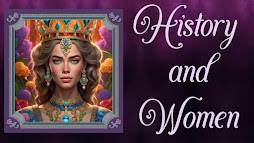


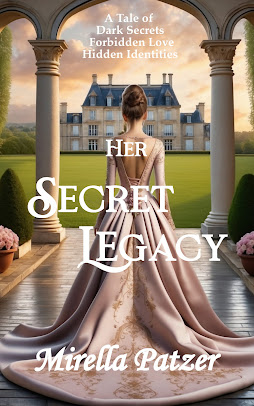

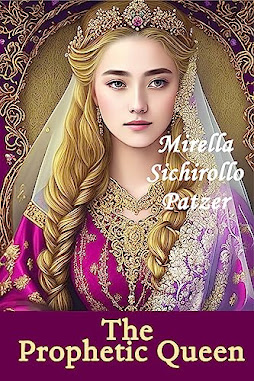
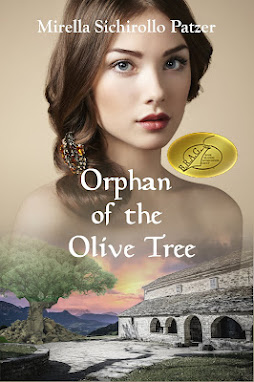
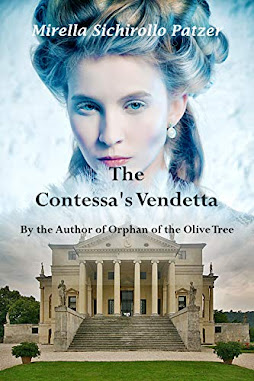










Post a Comment
12 Comments
-admin
best wishes
Jeanette Harvey
sistersofthebruce.wordpress.com
At that time Hennin was the most expensive hair-dress styled in styled in cone or steeple shape.
I don't get it.
At that time Hennin was the most expensive hair-dress styled in a cone or steeple shape.
Thanks for bringing that to my attention.